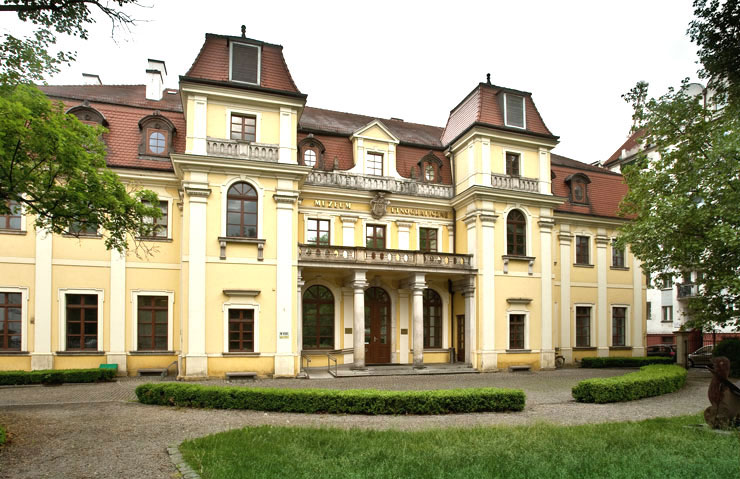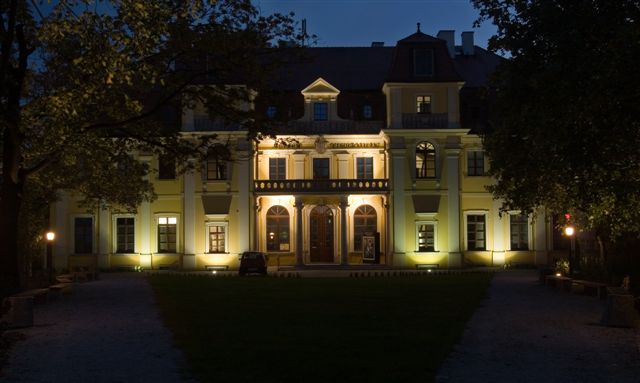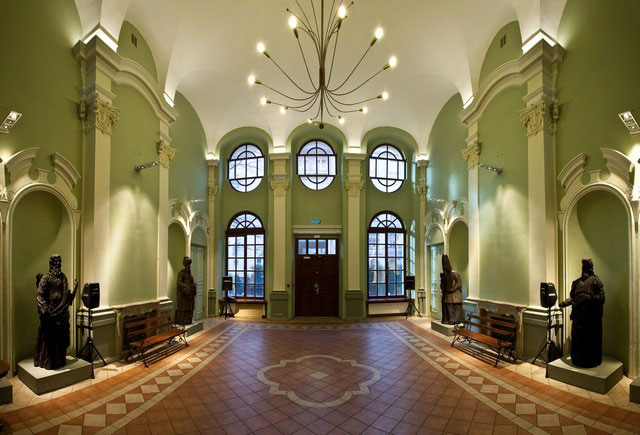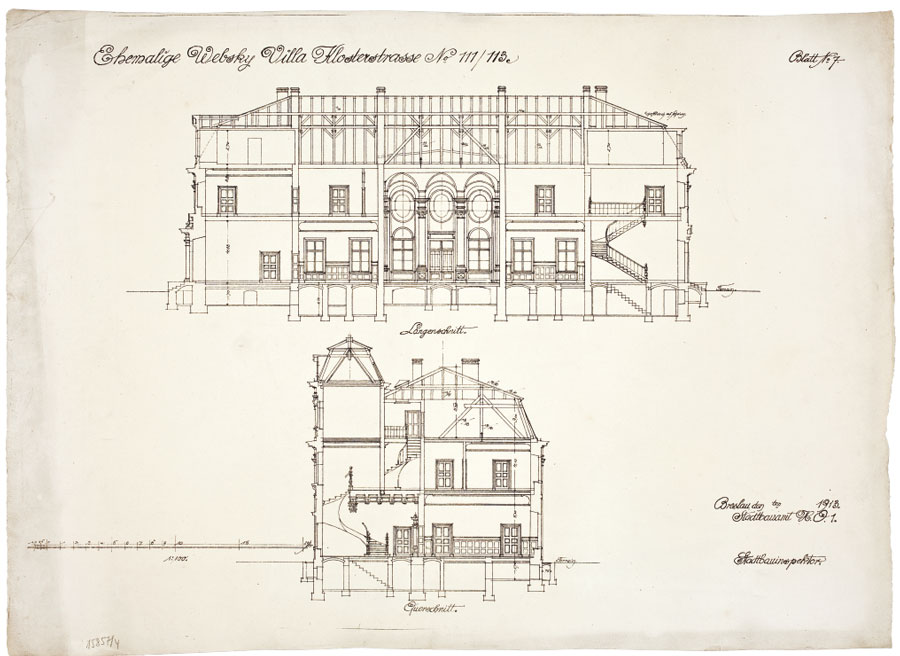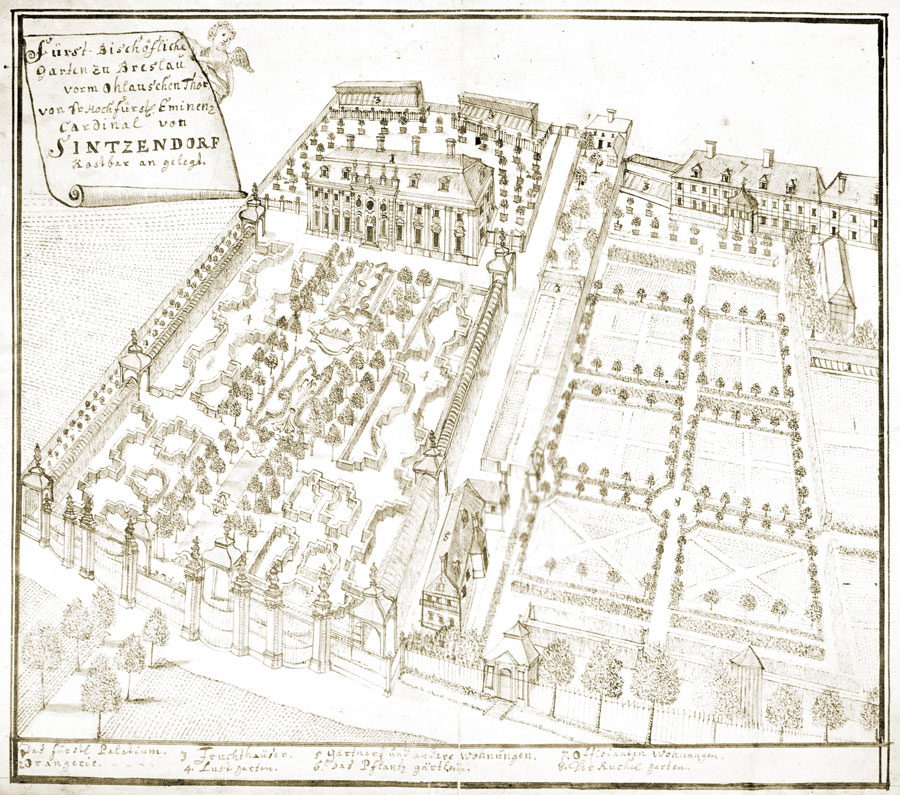The present seat of the Ethnographic Museum (since October 2004), once a summer residence of the bishops of Wrocław, is located in Traugutta Street.
The palace was erected by Cardinal Philipp Ludwig von Sinzendorf in the grounds of the country estate of the Wrocław bishopric, in the 16th century known as the White Grange (Ger. Weisses Vorverk).
The construction, designed by Christopher Hackner, commenced in 1737 and was completed around the beginning of the Second Silesian War (1744–1745). The palace, with a vast ballroom and four guest rooms, was used as a place of rest and entertainment surrounded by a park and French garden.
The cardinal’s successor, Bishop Philipp Gotthard von Schaffgotsch, initially supported by King Frederick II of Prussia, fell out of royal favour during the Seven Year War (1756–1763) when he sided with Austria and not Prussia, was banished in 1766 and the residence was then nationalized. In the following years it frequently changed owners and designation.
In 1803, acquired by Karl Julius Meyer and Brandon Georg von Sprockhoff, it lost its representative function and the outbuildings, kitchens and gardener’s cottage were used for producing chicory, an ingredient of malt coffee. The French garden was replaced by a drive for carriages.
In 1880 the palace was bought by an industrialist Egmond Websky and rebuilt as a neo-Baroque residential building, called “the Webski villa”, which survived almost unchanged and became the Registry Office in 1907.
The interior burnt down during the last war, the palace was rebuilt during 1962–1965 (architect Jan Gruziński), and was then used as a residence for actors – until 2004 when it became the seat of the Ethnographic Museum.
